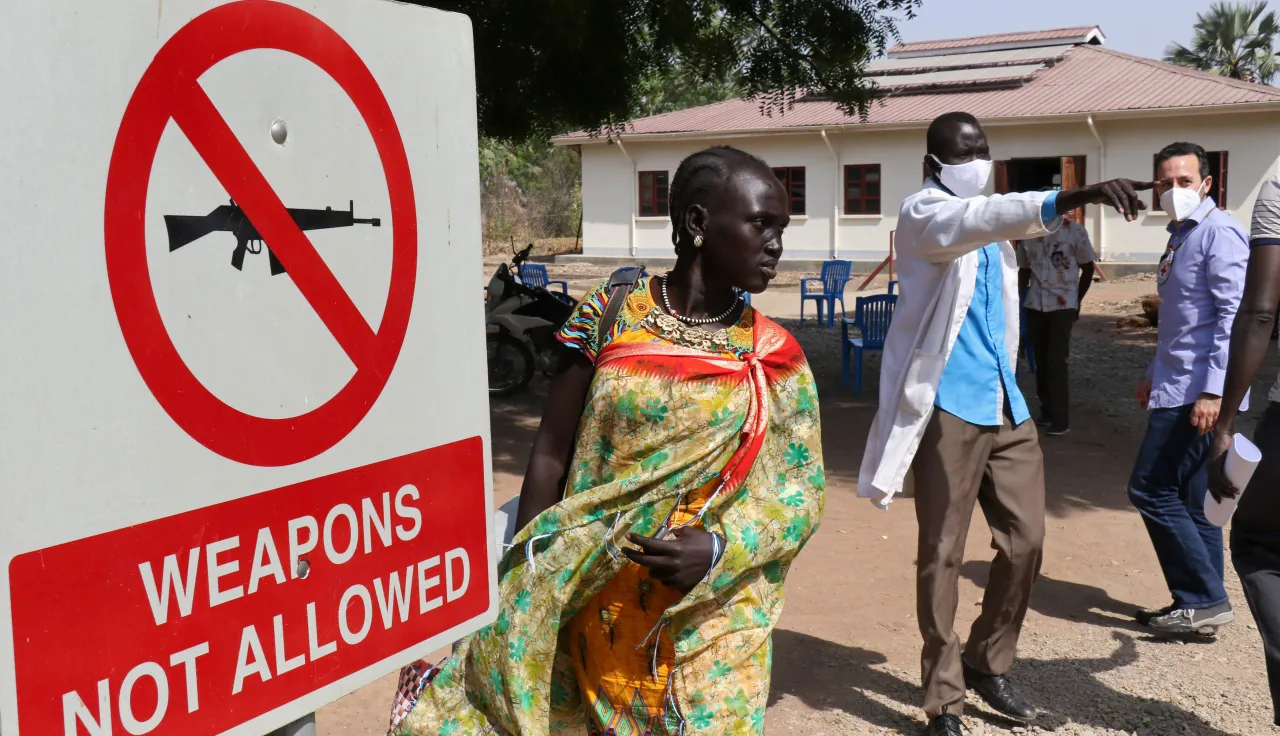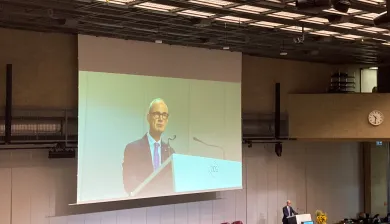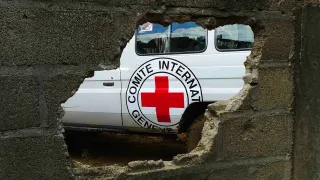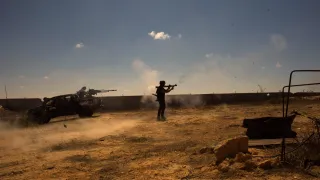The availability of arms
The widespread availability of arms – including small arms, light weapons and ammunition – and poor control over their transfer are a source of grave human suffering in current armed conflicts. They feed conflict, erode security, lead to displacement within and across borders and can destabilize entire regions. A steady supply of conventional arms continues to fuel serious violations of IHL and international human rights law in armed conflicts and other situations of violence in many parts of the world.
International and regional instruments, notably the Arms Trade Treaty, are designed to prevent such violations by establishing norms for responsible arms transfers and promoting transparency, with a view to reducing human suffering.










